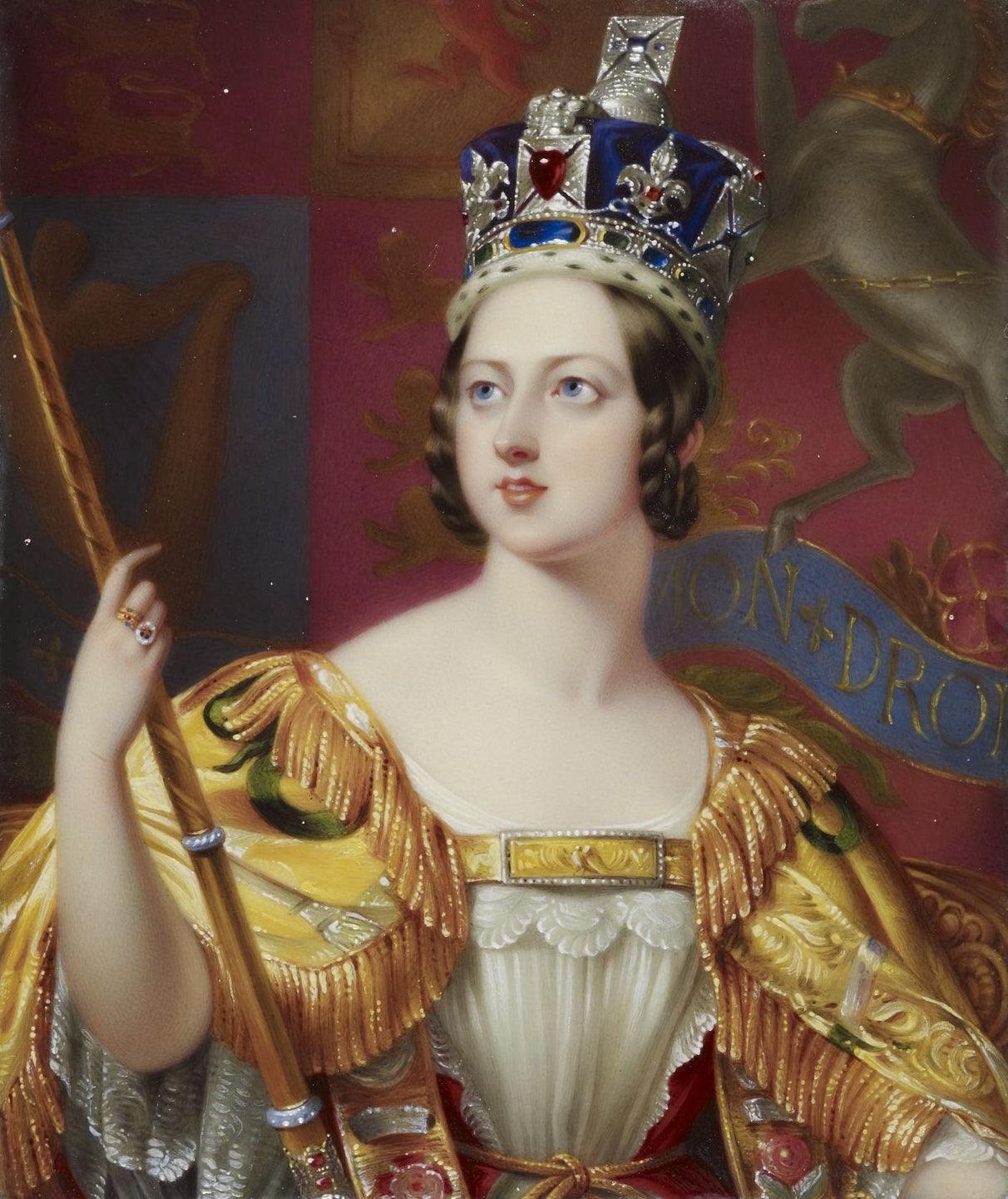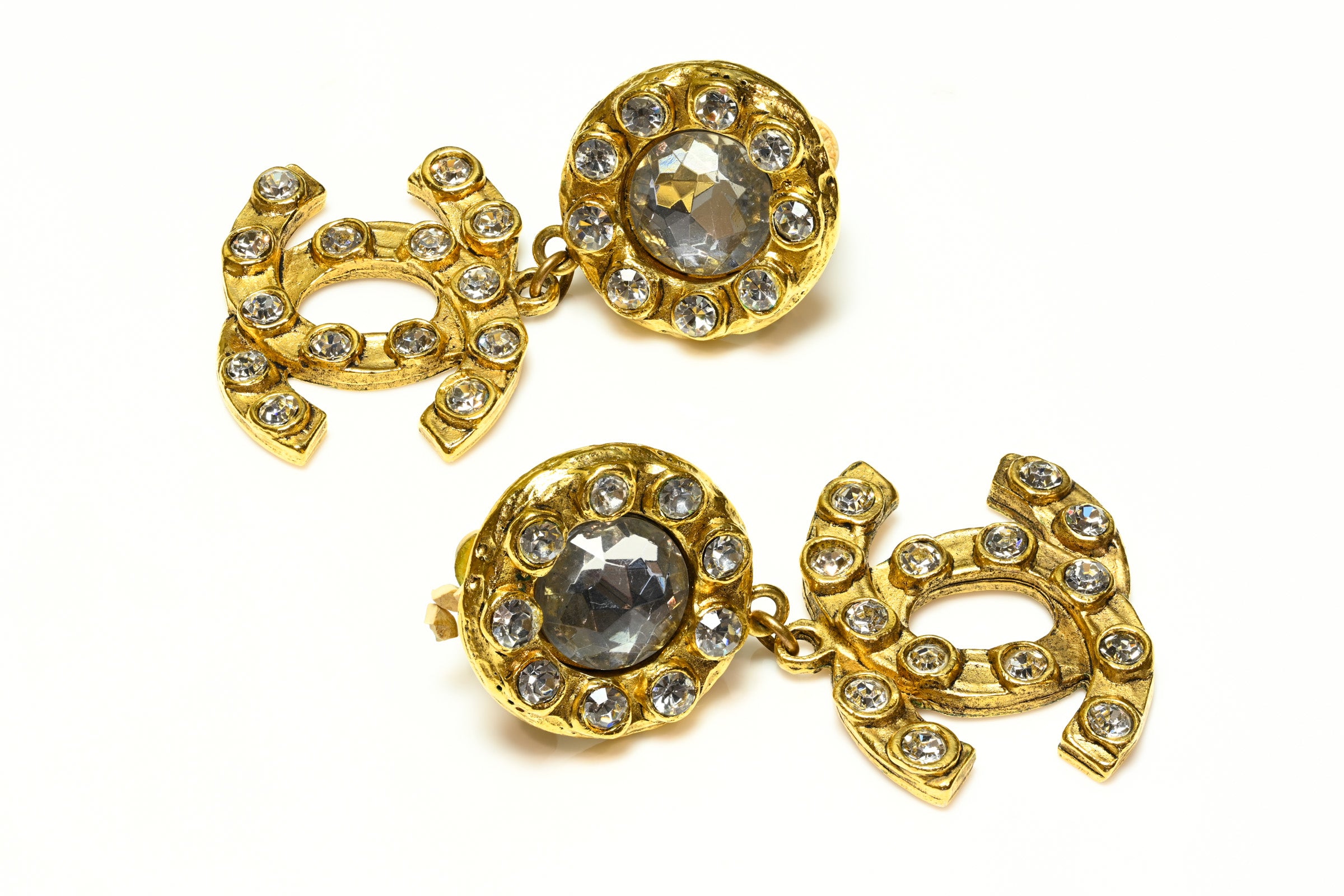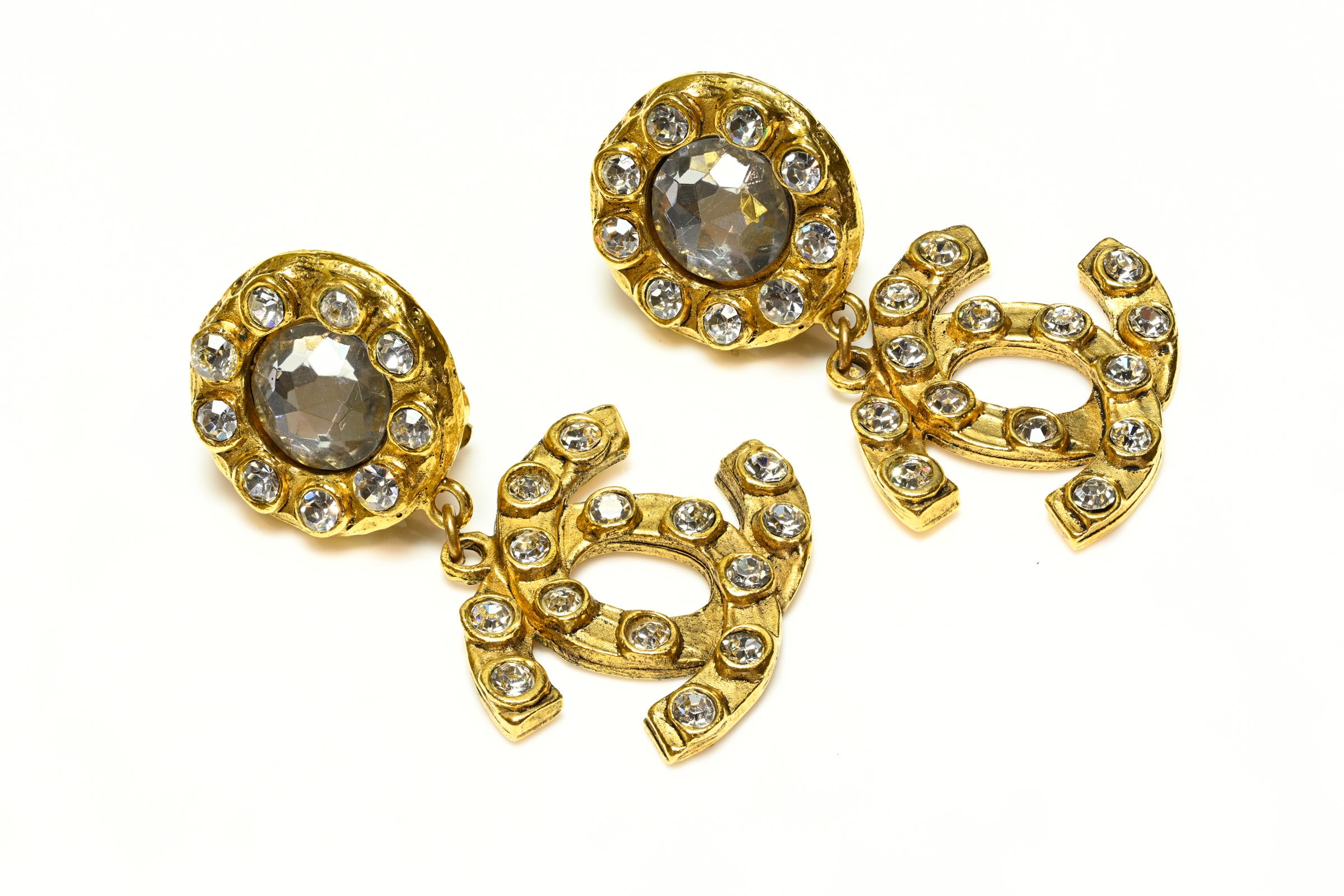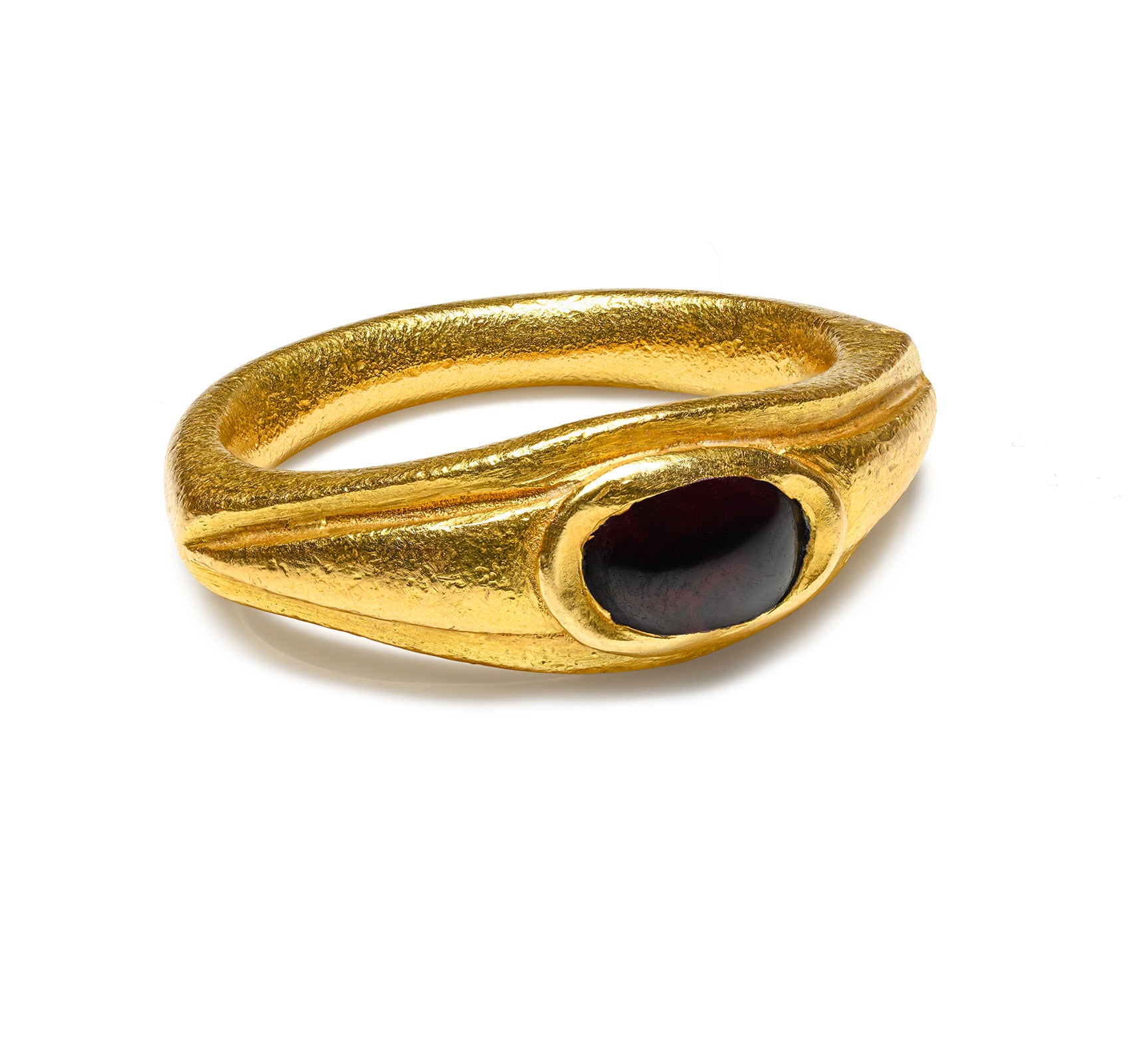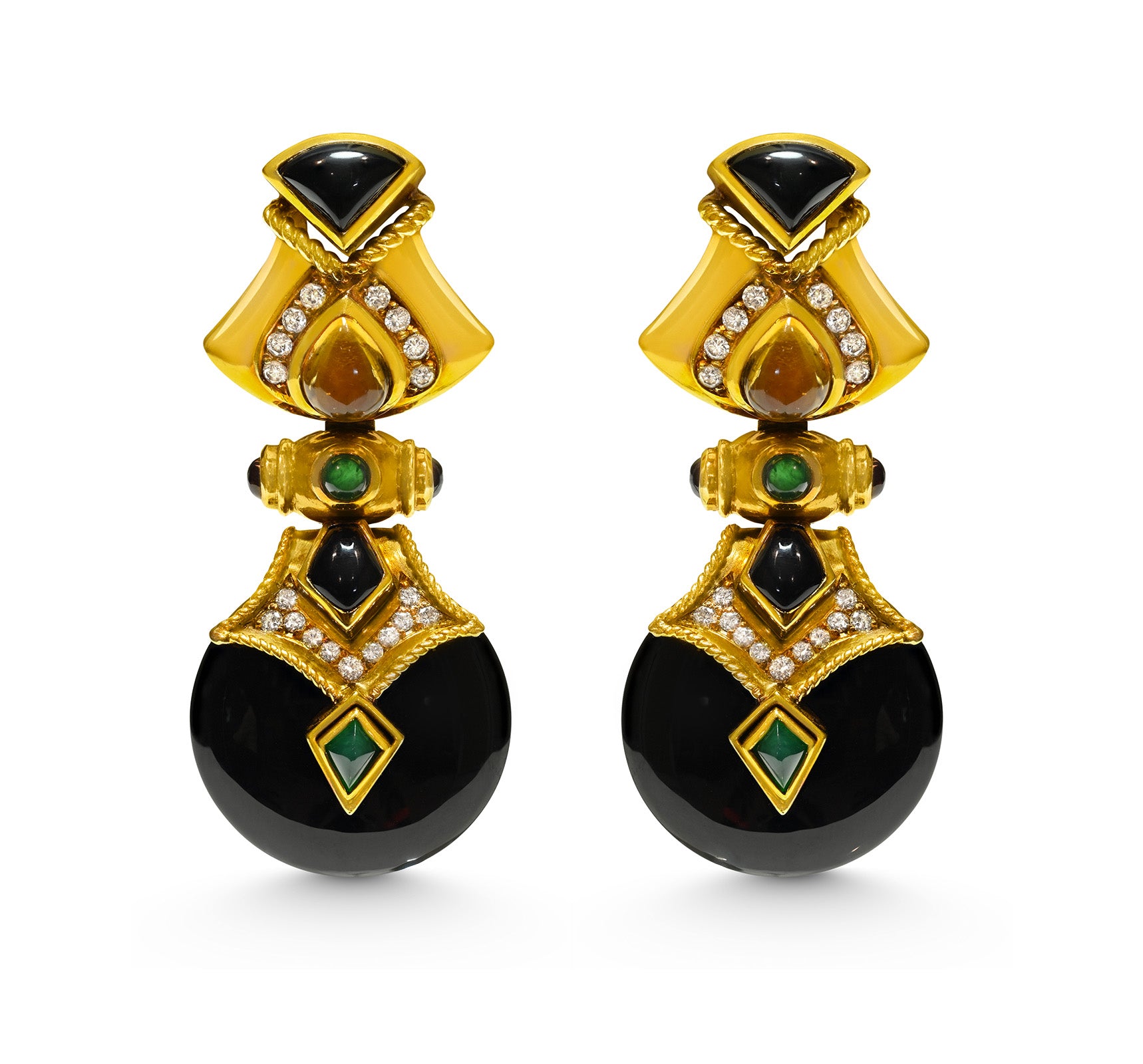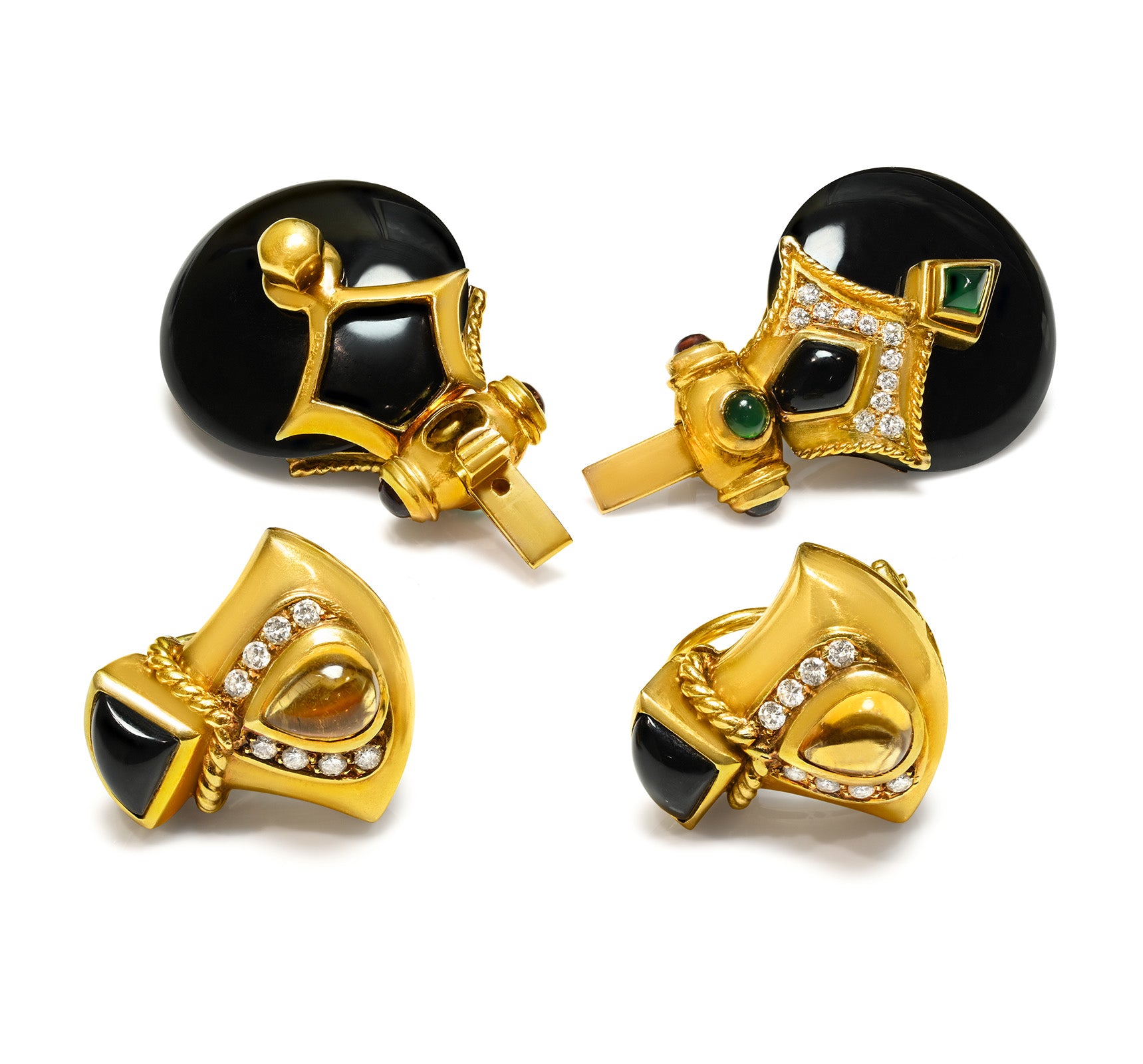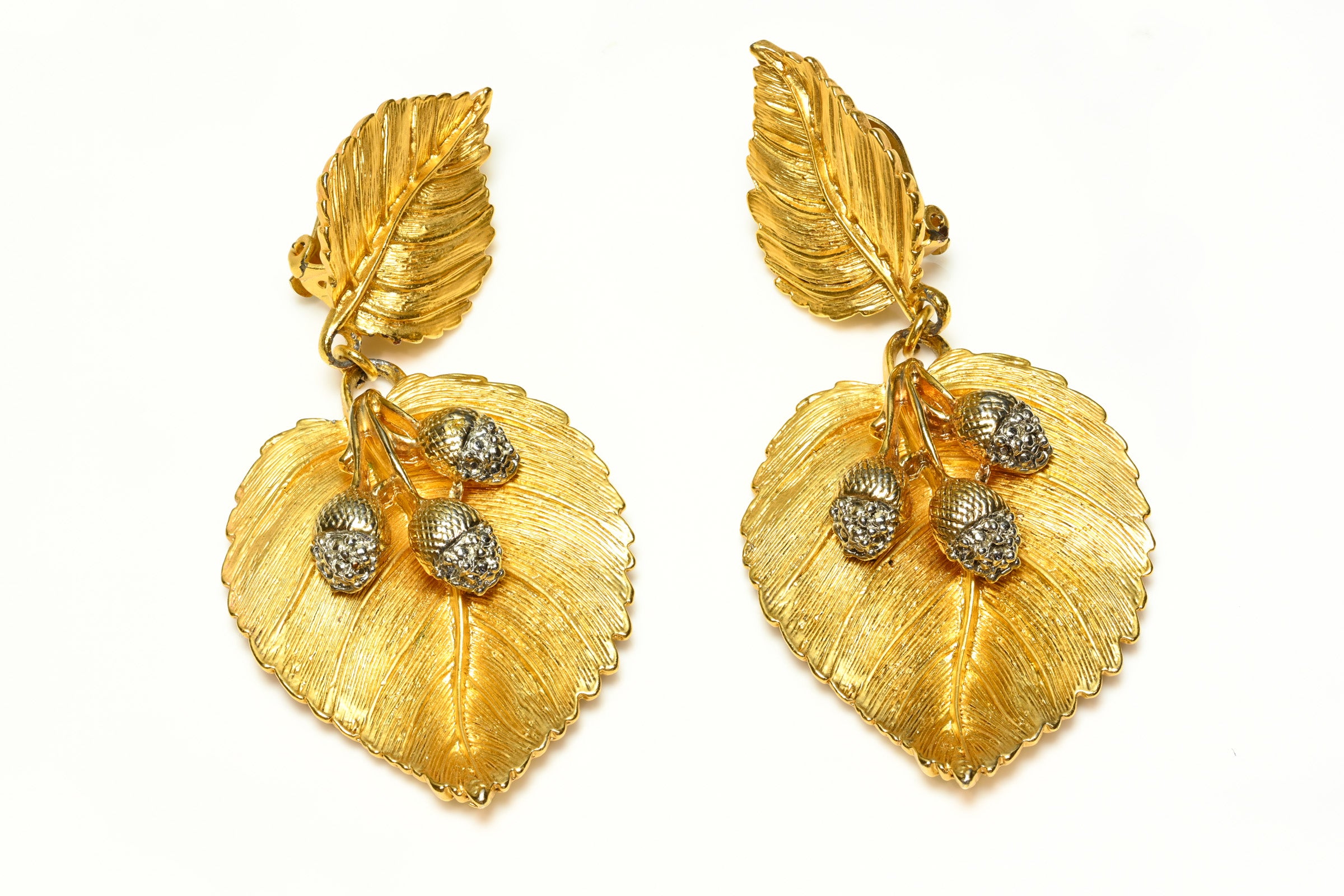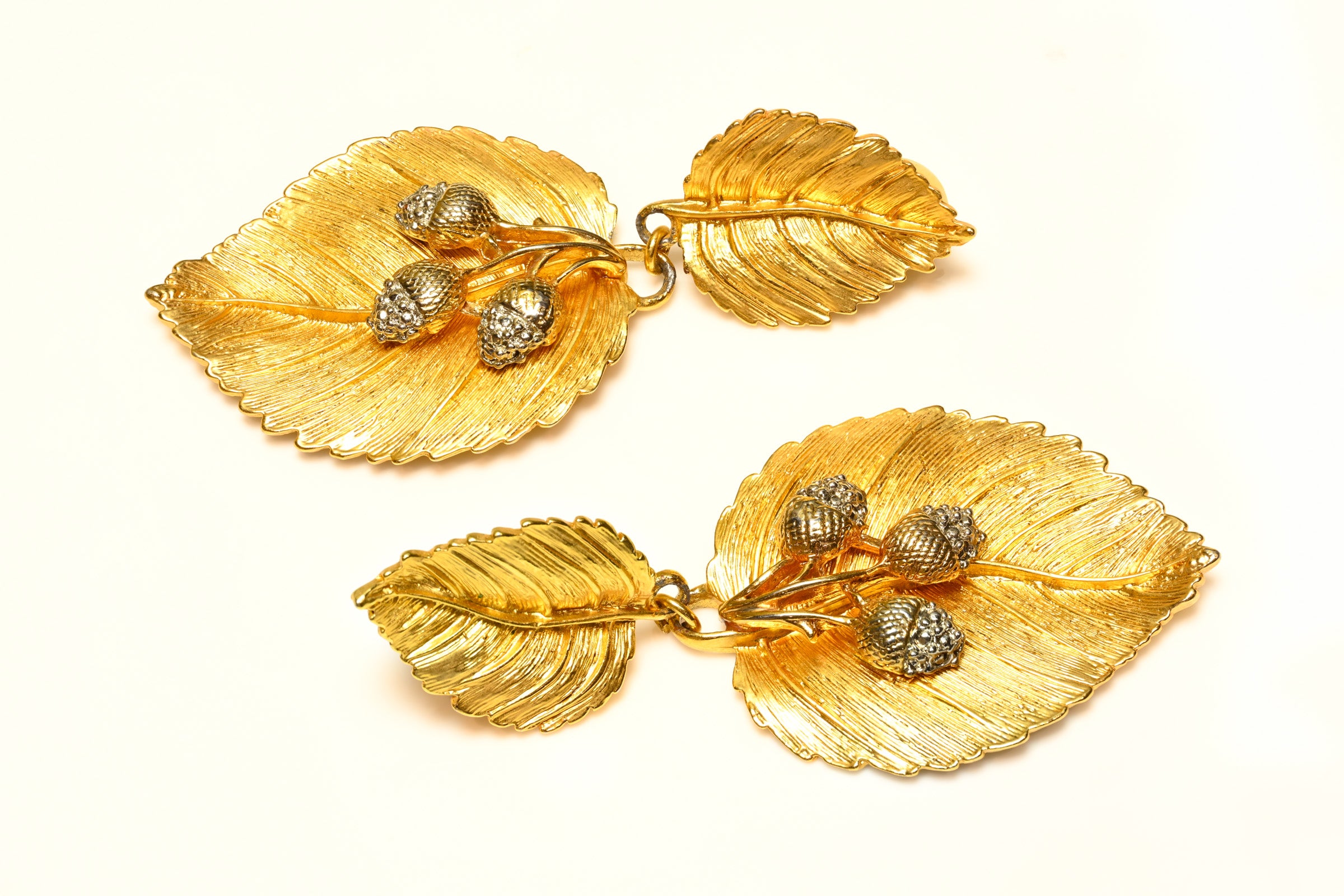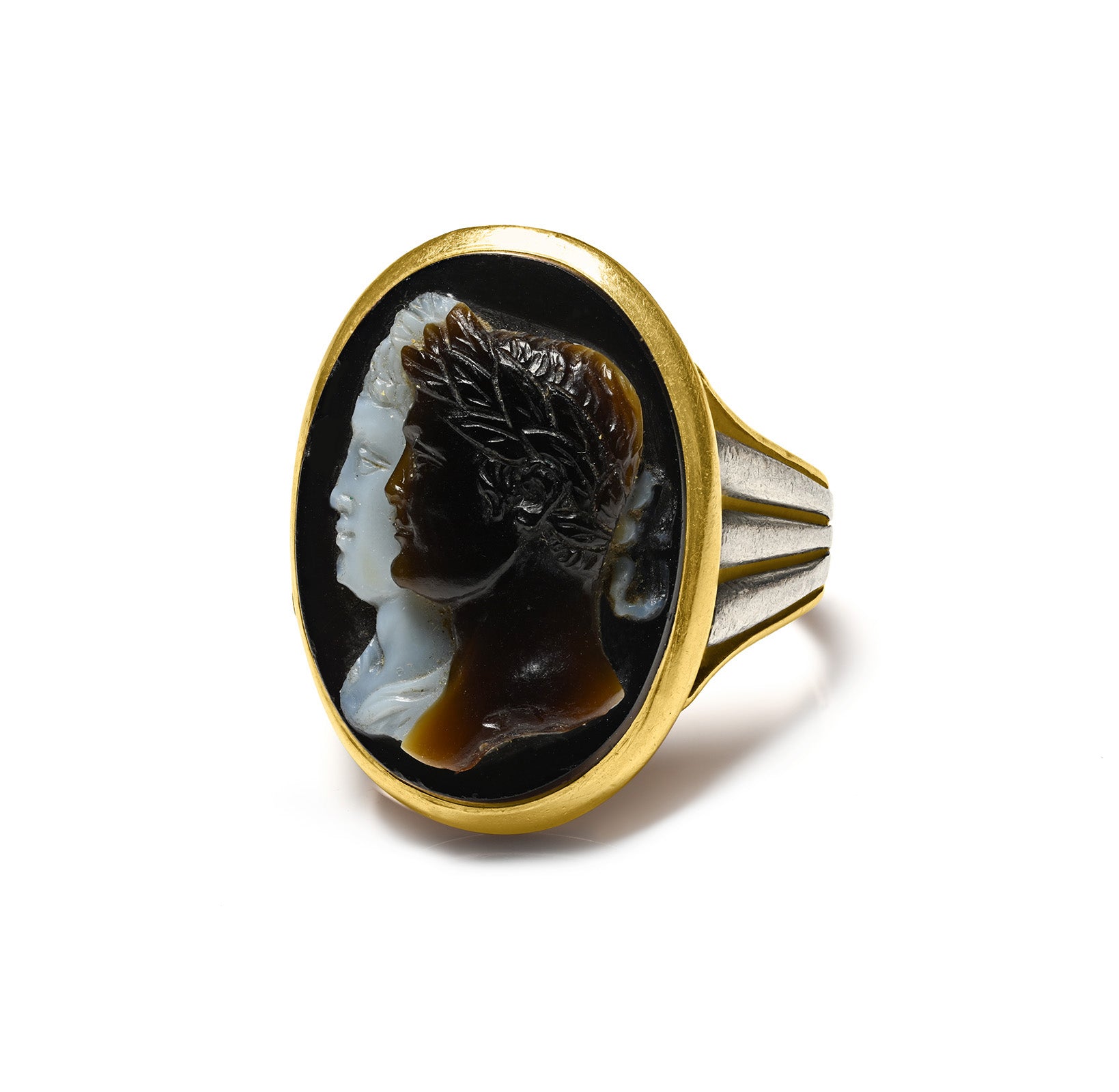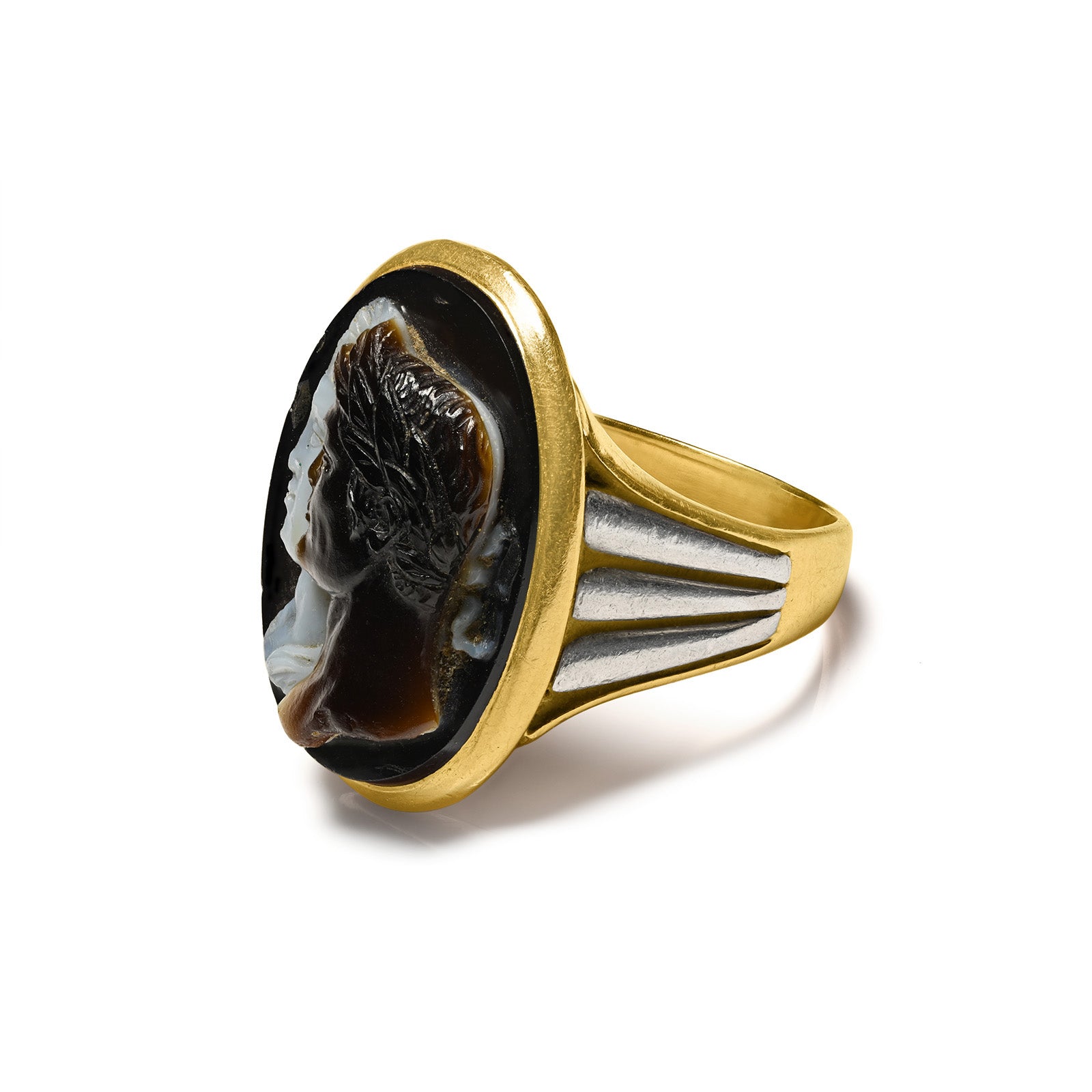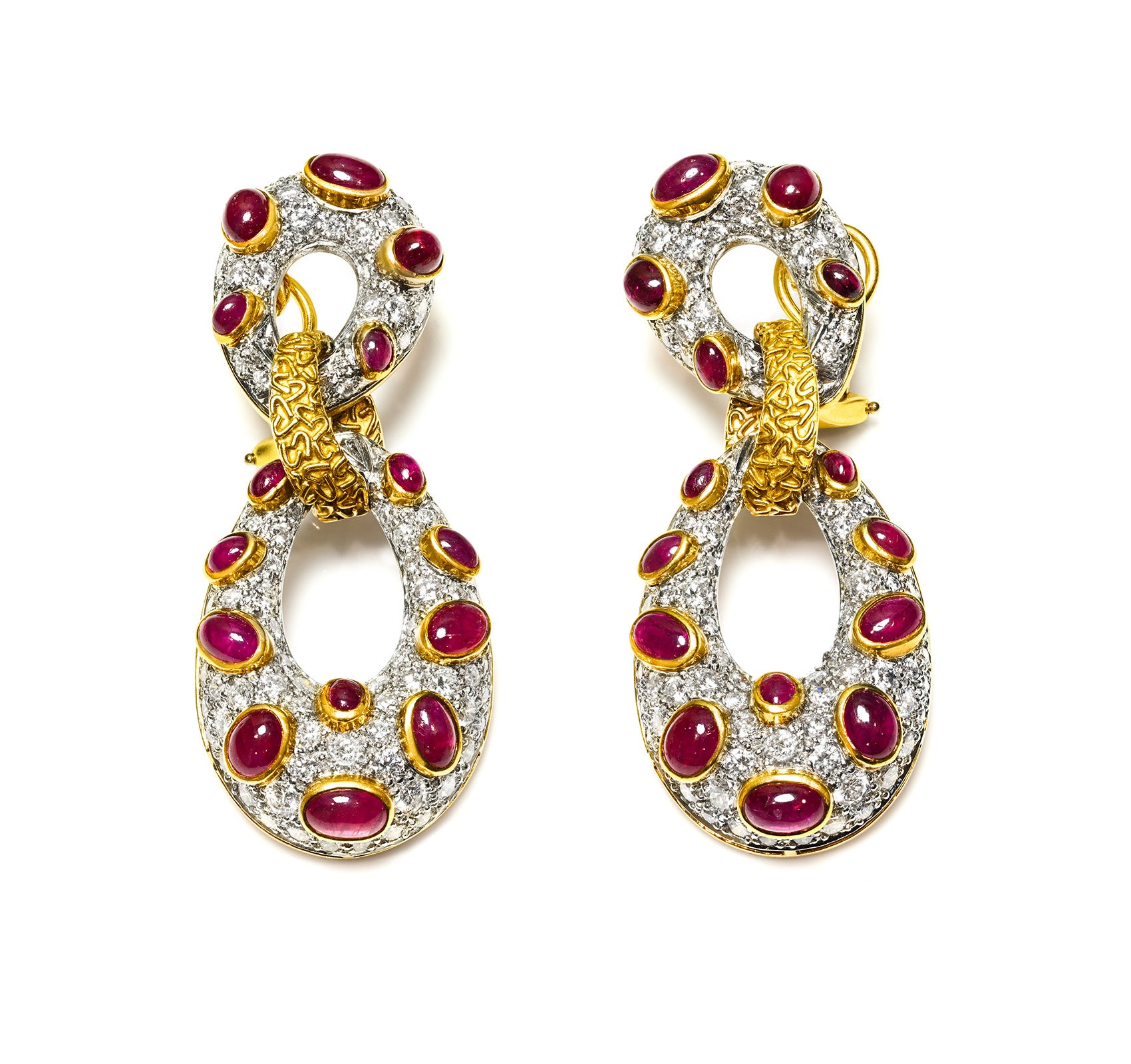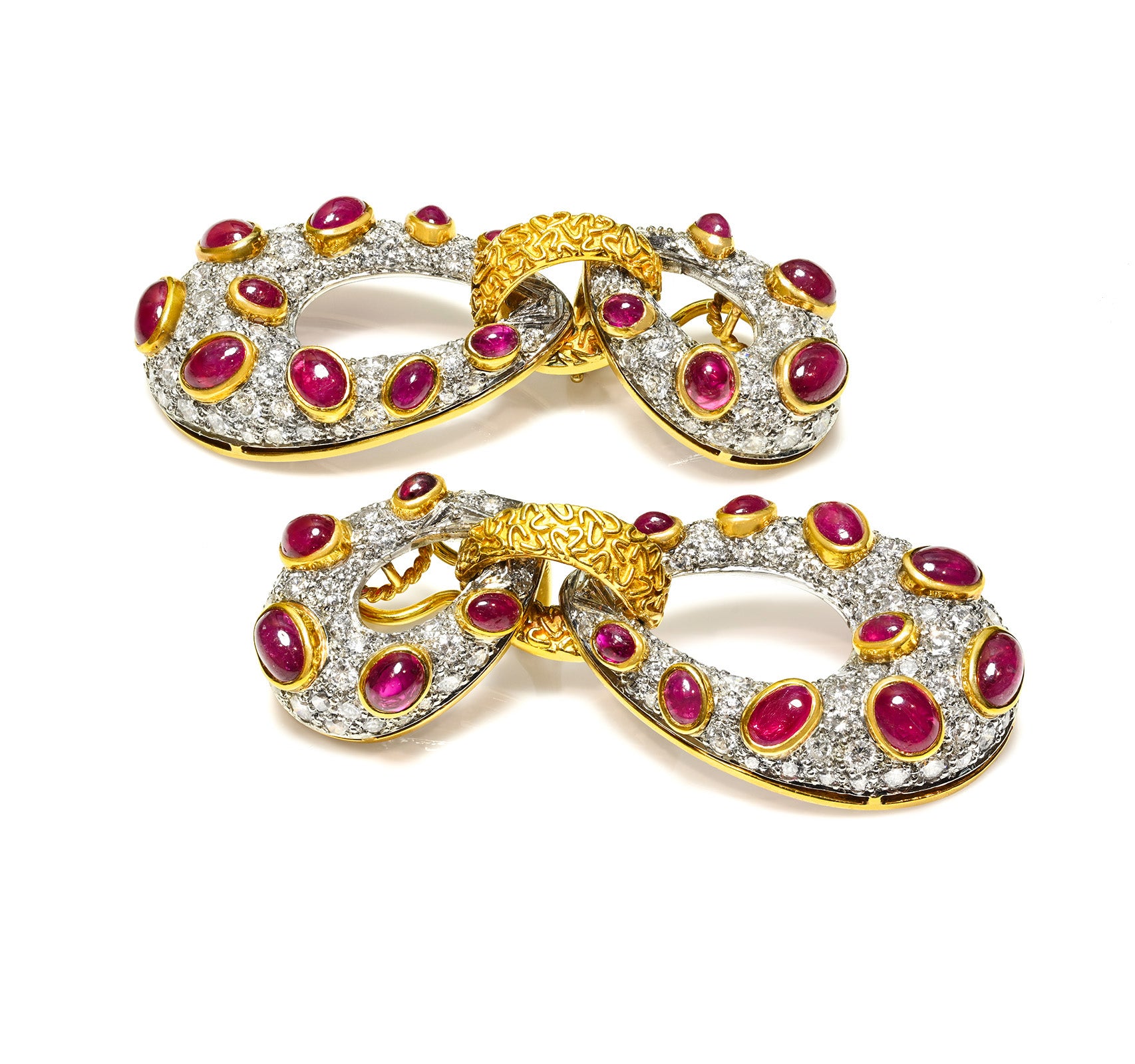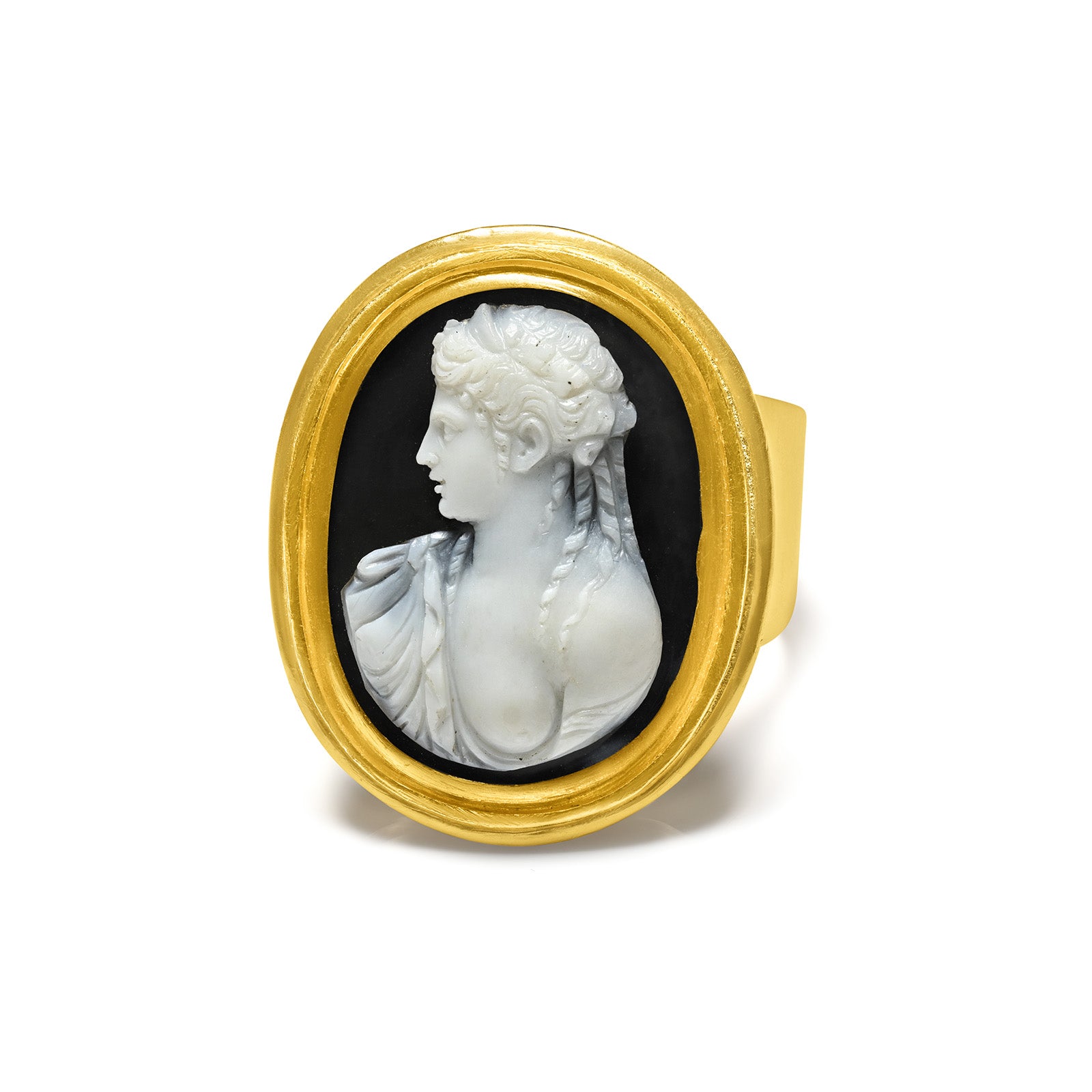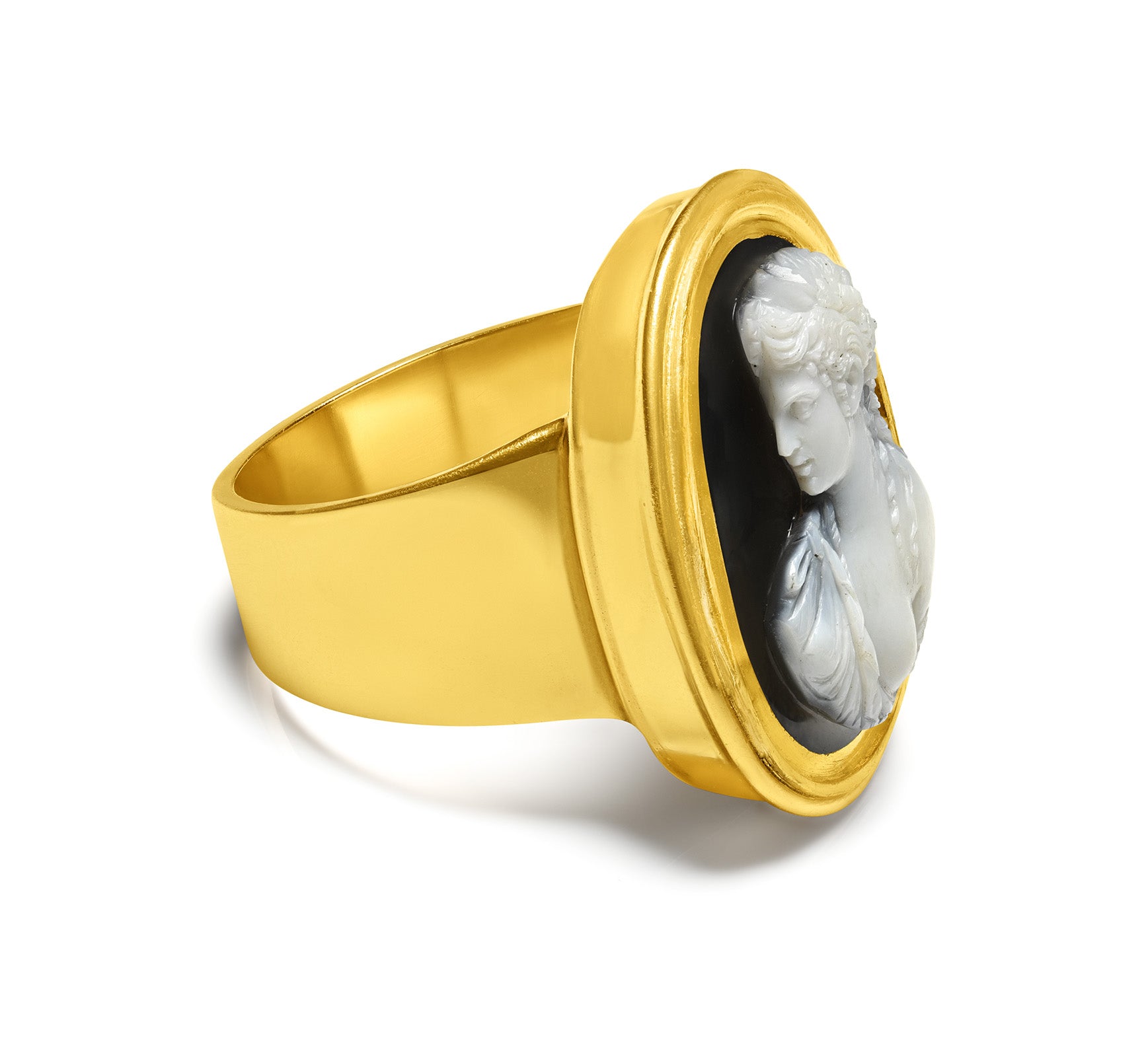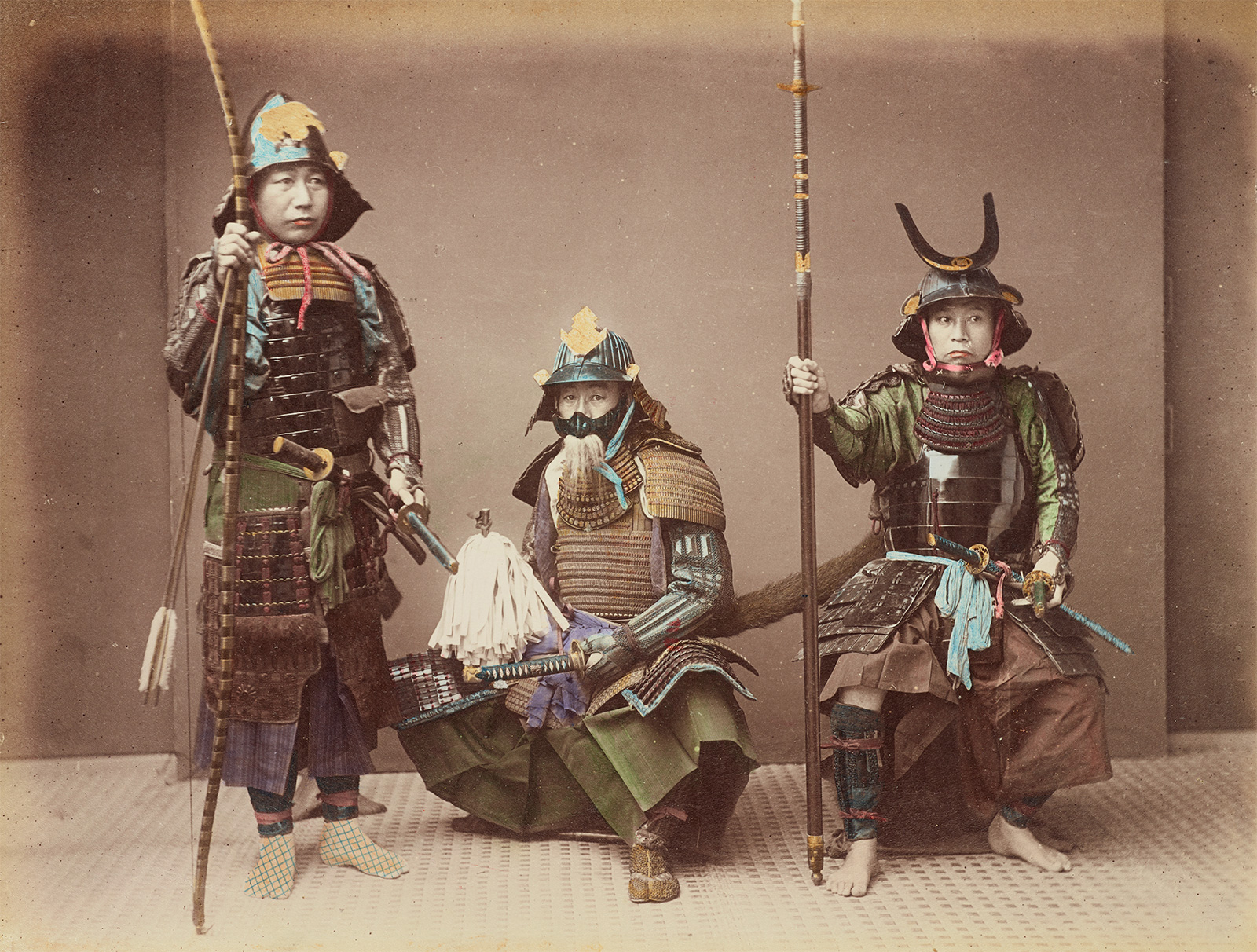
The Only Jewelry The Samurai Wore
Across the centuries of Japanese history, the samurai stood as paragons of honor, discipline, and beauty restrained by duty. Their armor gleamed with lacquer and steel, their swords shimmered with sacred precision — yet almost none wore jewelry as the Western world would define it.
No golden chains, no gem-set rings, no ornaments of vanity.
And yet, paradoxically, few classes in history carried a deeper sense of adornment. For the samurai, ornamentation existed not to attract attention, but to express soul, lineage, and destiny.
In their world, beauty was concealed — engraved on sword guards, inlaid within hilts, hidden beneath armor. Each decorative element held purpose and spirit. What Europe called “jewelry,” Japan transformed into an art of devotion.
This is the story of the only jewelry the samurai ever wore — where elegance was forged in iron and gold, and meaning lay deeper than ornament.

Photo Credit: Suzuki Shin'ichi (鈴木 真一, 1835–1918), Public domain, via Wikimedia Commons

Photo Credit: Rabe!, CC BY-SA 4.0, via Wikimedia Commons
Adornment Without Vanity
The samurai emerged in Japan’s Heian period (794–1185), a time when the courtly elite delighted in color, perfume, and poetic refinement. But the samurai, born of the provinces and battlefields, cultivated another ideal: sabi — the beauty of simplicity and impermanence.
They followed Bushidō, “the way of the warrior,” a moral path demanding modesty, discipline, and loyalty above all. Adornment, therefore, could never contradict humility.
Instead of jewels, the samurai carried symbols: the family crest (mon), protective amulets from temples, and sacred inscriptions hidden inside their armor. Their form of jewelry was functional, spiritual, and symbolic, never frivolous.
Even the smallest detail — a gold inlay on a sword guard or a lacquered crest on a helmet — expressed identity rather than wealth.

Photo Credit: Rabe!, CC BY-SA 4.0, via Wikimedia Commons
The Artisans Behind the Armor
Behind every samurai stood a master craftsman — the silent creators who shaped Japan’s martial elegance. While warriors carried the blade, it was the goldsmiths, lacquerers, and metal inlayers who infused their world with beauty.
These artisans belonged to generations of specialized guilds, each sworn to protect their trade secrets. “Working with alloys such as shakudō — a deep-purple copper-gold mix — and shibuichi, a silvery copper-silver blend, they mastered subtle hues that reflected moonlight on steel. Their art lay not in ostentation but in restraint — a philosophy shared with the samurai themselves.
Many workshops were supported by daimyō lords, who acted as patrons of artistry as much as of war. Within these ateliers, masters trained apprentices for decades, teaching not only metalwork but also meditation, patience, and moral integrity. A craftsman who forged a sword fitting was expected to purify his hands, his tools, and his mind — the act itself was ritual.
Sword guards (tsuba), scabbards, and fittings often bore fine gold and silver inlay, delicate engravings of dragons, waves, or chrysanthemums. Each motif carried meaning: courage, impermanence, purity. To the craftsman, these designs were not mere decoration but dialogue — a way to mirror the warrior’s soul through metal.
Their influence extended beyond the battlefield. The same hands that adorned sword hilts also created lacquer boxes, incense burners, and tea ceremony utensils of rare refinement. Every line, every surface carried the quiet discipline that defined both their art and the samurai ethos — an elegance born of control, not abundance.
The relationship between warrior and artisan was one of mutual reverence. The samurai commissioned weapons and accessories not as ornaments, but as vessels of spirit. And in return, the craftsmen treated each commission as sacred duty — to forge not only for battle, but for legacy.
Their collaboration gave rise to an unspoken truth of Japanese aesthetics: that beauty is not separate from purpose, and craftsmanship is a form of devotion. In the harmony of gold, iron, and spirit, the samurai’s true adornment was born.

Photo Credit: Rabe!, CC BY-SA 4.0, via Wikimedia Commons
The Sword as a Sacred Jewel
To the samurai, the katana was not a weapon but a living extension of their being — “the soul of the warrior.” Its making required master artisans who treated metal as both matter and spirit.
Within the sword’s fittings, the samurai found their truest form of jewelry.
Every part, from the guard (tsuba) to the small ornaments beneath the handle wrap (menuki), was crafted with reverence. The metals themselves were artworks — gold and silver, copper-gold alloys such as shakudō, and the wood-grain metal mokume-gane, later admired in fine jewelry worldwide.
These components carried layers of symbolism:
-
Dragons for courage and strength.
-
Plum blossoms for perseverance through hardship.
-
Waves for the eternal flow of destiny.
-
The clan crest for loyalty and bloodline.
Thus, what appeared as decoration was in truth a language of virtue, encoded in metal.
Amulets and the Jewelry of Faith
Though forbidden to indulge in overt adornment, the samurai believed deeply in spiritual protection. Before battle, many sought blessings from Buddhist temples or Shinto shrines, where they received omamori — small silk amulets containing sacred prayers or sutras. These were the true “jewels” of the samurai soul.
Unlike the pendants and charms of Europe, an omamori was never to be opened; to reveal its contents was to release its power. It was usually tucked inside a pocket of armor, hidden beneath clothing, or tied around the handle of a sword. Each color and symbol carried intent: red for courage, blue for calm, gold for prosperity, and black for strength against misfortune.
Others carried protective talismans in metal form — miniature medallions engraved with Fudō Myō-ō, the wrathful Buddhist deity who burned away ignorance, or Kannon, the bodhisattva of compassion. These tiny tokens, often of silver or bronze, were unseen by others yet polished and cherished as a nobleman would a jewel.
For the samurai, to adorn oneself with faith was not vanity — it was duty. Beauty and devotion were one and the same.

Photo Credit: Rabe!, CC BY-SA 4.0, via Wikimedia Commons
Armor as Ornament and Identity
The samurai’s armor, or yoroi, was far more than a tool of war. It was an expression of lineage, artistry, and philosophy. Each component bore the mark of expert craftsmen — metalsmiths, lacquer masters, and weavers whose skills rivaled those of Europe’s finest jewelers.
A lord’s armor shimmered subtly with gilded accents, engraved iron, and layers of lacquer so rich they seemed like enamel. The kabuto (helmet) often featured a crest called a maedate, forged in the form of horns, the sun, or mythical beasts. These symbols declared a warrior’s spirit — bold, indestructible, divine.
Even the smallest rivets and fittings were meticulously worked. The shoulder guards (sode), throat plates (nodowa), and gauntlets (kote) sometimes bore family crests in gilt, while the mask (mengu) could feature silver teeth, fierce expressions, or painted mustaches designed to strike both awe and fear.
Armor became the samurai’s living sculpture — a moving testament to discipline and design. If Western knights wore jewels upon their crowns, the samurai wore artistry upon their entire being.
Women of the Samurai Class: Subtle Elegance and Symbolic Adornment
While their husbands carried swords, samurai women bore the weight of lineage and honor. Their adornment was no less meaningful, though far more restrained.
Jewelry was limited to kanzashi hairpins, combs, and netsuke-like accessories that often carried protective charms or family crests. The motifs mirrored the virtues expected of them — plum blossoms for endurance, cranes for fidelity, and chrysanthemums for longevity.
Some wore small amulets from Buddhist temples sewn discreetly into their kimono linings. Others commissioned tiny gold pendants shaped as protective deities or poetic symbols.
Their beauty was measured not in brilliance but in composure — a reflection of the same Bushidō ideals that guided their warrior husbands. Through restraint and grace, they too became part of the samurai’s living art.
The Hidden Elegance of the Inrō and Netsuke
In times of peace, when armor was set aside, refinement replaced warfare. During the Edo period (1603–1868), samurai and noblemen wore the kimono, a garment without pockets. To carry small objects — medicine, seals, or scrolls — they used a tiered case called an inrō, suspended by a silk cord and fastened by a small toggle known as a netsuke.
Though practical in function, these became objects of exquisite craftsmanship. Netsuke were carved from ivory, wood, or precious metals, often depicting mythological creatures, humorous figures, or clan symbols. Many samurai preferred motifs like dragons, tigers, and waves — eternal emblems of power, loyalty, and the fleeting nature of life.
An entire artistic culture arose around these accessories. The same spirit that once adorned swords now flowed into the miniature carvings of netsuke masters. In them, one sees the continuity of samurai aesthetics — restraint, precision, and meaning layered beneath beauty.
For the warrior in peacetime, the netsuke and inrō were perhaps the closest thing to wearing jewelry — small, symbolic, and deeply personal.
Metals of Meaning: Shakudō, Shibuichi, and the Art of Controlled Brilliance
Japanese metalwork reached an unrivaled refinement during the samurai era, achieving a balance between subtle beauty and symbolic depth that few other civilizations have matched. While European goldsmiths often sought radiance and opulence, Japanese artisans pursued harmony, texture, and tone — beauty that whispered rather than shouted.
Among their greatest innovations were alloys such as shakudō, a mixture of gold and copper that, when treated with special patinas, turned a deep, mysterious blue-black. This alloy became a favorite for sword fittings and personal ornaments because it evoked the quiet elegance of ink on silk — refined, subdued, yet mesmerizing in its depth.
Another alloy, shibuichi, blended silver and copper to create a soft gray hue that varied depending on the ratio of metals. Artisans used it for inlays and subtle contrasts, crafting patterns that resembled moonlight over water or fog on a mountainside. These alloys transformed utilitarian objects into meditations on nature and impermanence — the very heart of wabi-sabi.
The mastery of these materials extended to the sword’s tsuba (handguard), which often served as the canvas for miniature worlds: birds in flight, waves breaking on rock, or the lonely bloom of a plum tree in winter. Each motif was more than decorative — it conveyed ideals such as courage, loyalty, or the acceptance of transience.
In these alloys and engravings, the samurai found their form of jewelry: restrained radiance, crafted not to impress the world, but to steady the spirit.

Photo Credit: Rabe!, CC BY-SA 4.0, via Wikimedia Commons
The Aesthetic of Restraint
If Western courts celebrated the glitter of gemstones, samurai culture honored what could not be seen at a glance. Their aesthetic principles — wabi (austere simplicity), sabi (the beauty of aging), and yūgen (mystery and depth) — defined not only architecture and poetry but also how they viewed adornment.
Even when gold was used, it was often hidden beneath layers of lacquer or applied sparingly in patterns that only revealed themselves under changing light. This deliberate restraint transformed ornamentation into philosophy. To wear too much gold was to betray imbalance; to hide it within the folds of armor or the handle of a sword was a gesture of dignity.
Many samurai preferred the black luster of patinated metal, the quiet gleam of polished horn, or the subtle texture of woven silk over the brilliance of gemstones. When they did incorporate jewels, they were minimal — small garnets or jade cabochons set into sword fittings, chosen not for value but for meaning.
Every surface, every material reflected an ideal: beauty should serve character, not vanity. In this way, the samurai created one of history’s most profound statements about luxury — that true refinement lies not in display, but in discretion.
The Hidden Meaning of Color and Material
For the samurai, color was never a matter of fashion — it was a language. Every hue carried intention, every material held spirit.
Black lacquer symbolized discipline and mystery, the silence before action. Red, often painted beneath armor plates or hidden within scabbards, represented courage and vitality — a color meant to protect the soul rather than attract the eye. Gold signified purity of heart and divine favor, used sparingly to honor the gods rather than oneself.
Materials, too, were chosen for meaning. Horn, iron, and silk were believed to harmonize the warrior’s energy. Shakudō, with its deep blue-black patina, mirrored nightfall — a reminder that strength can be both quiet and infinite.
Even when unseen, these choices expressed the samurai’s philosophy: that beauty, like virtue, is strongest when hidden.
Through color and material, the samurai cloaked philosophy in form — every surface a silent sermon in metal and light.
From the Battlefield to the Studio: The Legacy of Samurai Craftsmanship
With the fall of the samurai class in the late 19th century during the Meiji Restoration, Japan opened its borders to the Western world, and the artistry once reserved for armor and sword fittings found a new home — in jewelry.
Former swordsmiths, deprived of their traditional patrons, began crafting brooches, cigarette cases, and hair ornaments for export. They applied the same techniques once used for tsuba and menuki — fine chasing, inlay, and patination — to decorative objects admired in Europe.
Collectors and artists from Paris to London marveled at this newfound elegance. Jewelers such as René Lalique and Henri Vever studied Japanese metalwork, translating its aesthetic of asymmetry and natural forms into Art Nouveau masterpieces. The philosophy of wabi-sabi quietly entered Western design, influencing everything from jewelry to interior decor.
Thus, the restraint of the samurai gave rise to a new language of luxury — one that prized spiritual harmony over ostentation. Every piece, from a Meiji-era shakudō pendant to a modern mokume-gane ring, carries the same lineage: the belief that beauty is not in possession, but in perception.
The Samurai’s Enduring Legacy in Jewelry and Spirit
Though the age of the samurai ended more than a century ago, their aesthetic discipline continues to shape how we perceive elegance and craftsmanship. The quiet strength in their armor, the poetry in their blades, and the reverence in their materials all echo in the finest jewelry traditions of today.
Modern Japanese artisans still forge mokume-gane rings — the same technique once used for sword hilts — each layer symbolizing unity and resilience. Designers worldwide draw inspiration from samurai alloys like shakudō, crafting pieces that celebrate texture over shine, harmony over excess.
Even in the most ornate jewels of contemporary haute joaillerie, one can find whispers of the samurai’s restraint: asymmetry that feels intentional, balance that feels natural, and craftsmanship that values soul over spectacle.
For collectors, this lineage offers something profound — jewelry not as adornment alone, but as a vessel of philosophy. Each piece becomes a meditation on permanence and impermanence, on protection, identity, and grace.
The samurai may have worn little that sparkled, yet their spirit of elegance — disciplined, deliberate, and deeply human — continues to illuminate the art of jewelry today.
The Lost Treasures of the Samurai Era
As Japan modernized, countless artifacts of the samurai age were lost — melted, sold, or forgotten.
During the Meiji Restoration, many families surrendered swords and armor to comply with new laws banning the samurai class. The precious fittings — tsuba inlaid with gold, menuki shaped as dragons or lotuses — were stripped and traded as curiosities to foreign collectors.
Temples that once safeguarded amulets and armor were destroyed by fire or neglect. Even today, archaeologists occasionally uncover fragments of shakudō or shibuichi in old castle ruins — silent witnesses to a vanished code of honor.
Yet, what was lost in metal survives in spirit. The philosophy of beauty through restraint, of adornment as devotion, endures in every master craftsman who still hammers gold with reverence.
The samurai’s true treasure was never their wealth, but their vision of perfection hidden within imperfection.

Photo Credit: Felice Beato, Public domain, via Wikimedia Commons
FAQ
1. Did samurai actually wear jewelry?
Not in the Western sense. Samurai avoided visible jewelry such as rings or necklaces, as these were considered symbols of vanity. Their adornment was found instead in the artistic detailing of their swords, armor, and spiritual amulets.
2. What were the samurai’s most personal adornments?
They often carried omamori (Shinto and Buddhist amulets), inrō (small compartmented cases), and netsuke toggles — all made with artistic precision and profound meaning. These served both functional and spiritual purposes.
3. What materials were most prized in samurai craftsmanship?
Artisans favored alloys such as shakudō (gold-copper blend with a dark blue-black patina), shibuichi (silver-copper alloy with a smoky gray tone), and mokume-gane (wood-grain-patterned metal). Each was valued for its beauty and symbolic resonance.
4. Were gemstones used in samurai ornamentation?
Rarely. When used, they were small and symbolic — garnet for courage, jade for purity, or crystal for spiritual clarity. Metal texture and craftsmanship took precedence over gem display.
5. How did samurai beliefs influence their sense of beauty?
The samurai lived by wabi-sabi — the beauty of imperfection and impermanence. Their adornment reflected humility and transience rather than wealth or permanence.
6. Why was the sword considered the samurai’s “soul”?
The katana embodied their honor, lineage, and moral discipline. Every element — from the blade’s polish to the engraved guard — carried spiritual symbolism and artistic integrity.
7. What role did artisans play in samurai culture?
Swordsmiths, metalsmiths, and lacquer masters held elevated status. Their work was considered a sacred collaboration with nature and spirit, merging technical mastery with moral philosophy.
8. How did samurai aesthetics influence later jewelry design?
After the Meiji Restoration (1868), many sword artisans turned to jewelry-making. Their refined metalwork inspired Western designers such as René Lalique and Henri Vever, helping shape the Art Nouveau movement.
9. Can modern jewelry still reflect samurai values?
Absolutely. Many fine jewelers today adopt the principles of restraint, balance, and symbolic storytelling, crafting pieces that honor craftsmanship and meaning over mere luxury.
10. What can collectors learn from the samurai approach to adornment?
That true beauty lies in craftsmanship and purpose. Jewelry that carries emotion, heritage, or philosophy — rather than trend — possesses the enduring spirit of a samurai artifact.
Cover Photo Credit: Kusakabe Kimbei, Public domain, via Wikimedia Commons


